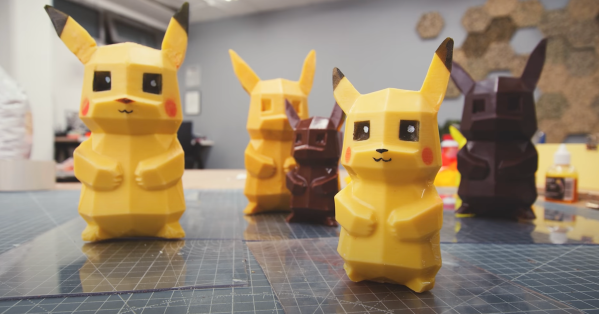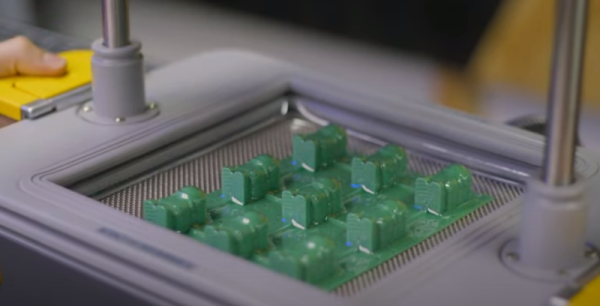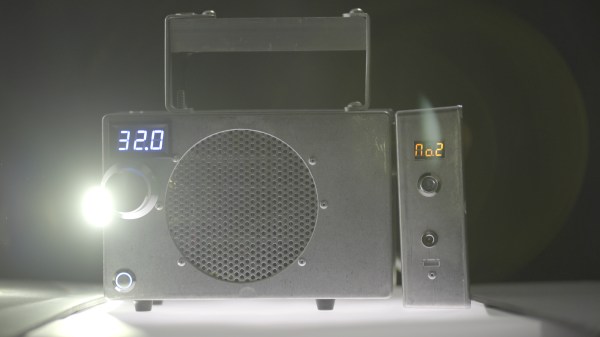The art of forming and using a mold is, well, an art. The already tricky process would be made even harder by using a fickle material, like chocolate. This is exactly where [Alexandre Chappel] found himself as he tried to cast his own chocolate figurines.
The starting point was a 3D low-poly model of everyone’s favorite fictional electric mouse. He tweaked the model to add offsets so that after the model was vacuum formed, there would be something to clamp onto. [Alexandre] was left with four different pieces, and he vacuum-formed them with 1 mm PETG plastic. Electing for white chocolate to add coloring, he started heating the chocolate. Adding too much colorant resulted in a seized mess, so the process was a bit of trial and error. Finally, he poured in chocolate and spun it around to form an even layer of chocolate as a shell. The flashing lines were easy to trim with a utility knife.
The last thing to add was a little splash of color via airbrush and food-grade paint. The results are stunning, and even though the techniques are simple, the results came together nicely. The files are available on his website if you’re curious about making your own. If you’re curious about more clever casting techniques with chocolate, take a look at the creative use of diffraction grating to get iridescent chocolate.
Continue reading “Cast Your Own Holiday Chocolate Bunny, Or Rather Mouse”
















